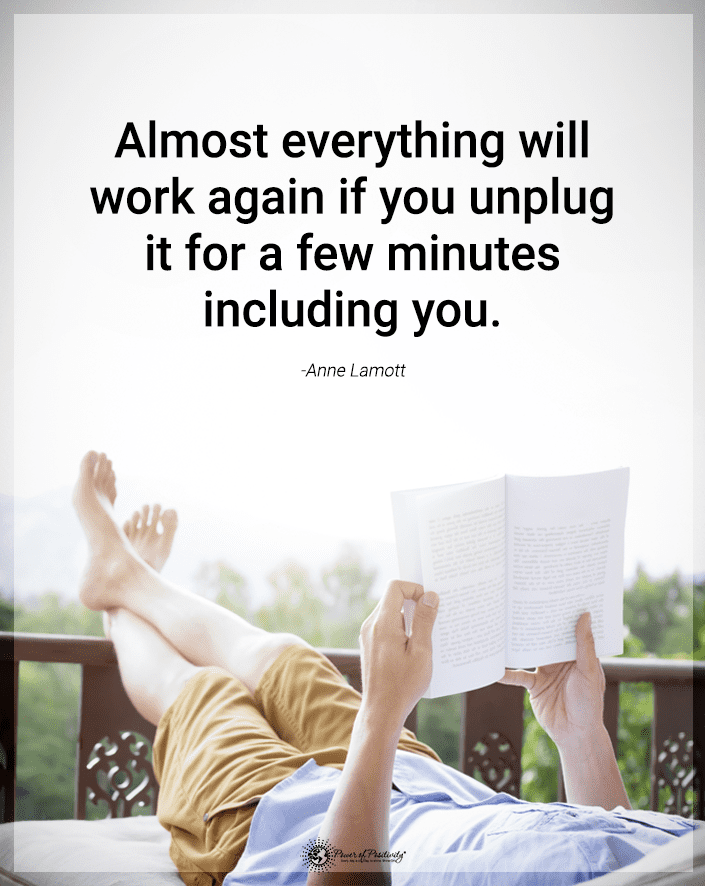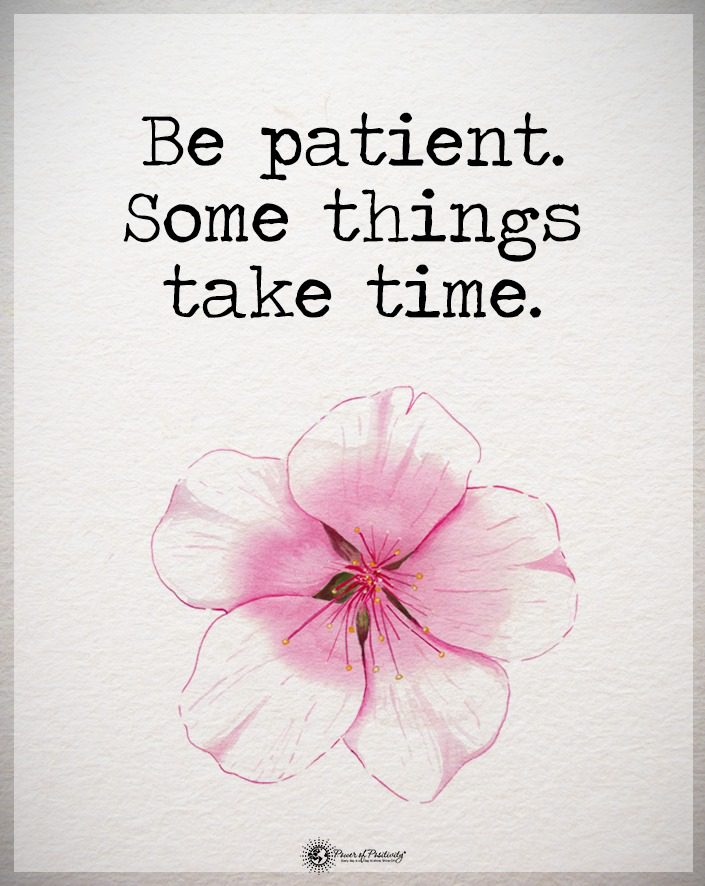Having a partner who manipulates your relationship can be an isolating experience. In fact, it is one you may not even be aware that you’re going through. The act of manipulation is steering someone into the desired behavior. They behave this way to achieve a personal goal or hidden agenda. Manipulating is often a tactic of abusive partners, though it can also be the side effect of someone’s toxic behavior.
Psychotherapist and author Beatty Cohan states, “When we start to feel that something is off, we have to trust our instincts that something is just not okay. You feel like you are on a roller coaster ride. The earlier you get out, the better.” Because according to her, “so often verbal and emotional manipulation can turn into abuse.”
Noting the signs of a manipulative partner can be difficult, especially if you feel isolated in the relationship. However, once you’re aware of what consists of manipulative behavior, you’ll be better able to handle it and resist the manipulation or exert boundaries – even if that means walking away. The signs that your partner is manipulating your relationship can be both overt and subtle.
“Relationships with negative people are simply tedious encounters with porcupines. You don’t have the remote knowledge how to be close to them without quills being shot in your direction.” – Shannon L. Alder
Here Are 5 Signs Your Partner Is Manipulating Your Relationship

1. They’re always the victim
If you find that your partner cries foul in the relationship, they may be manipulating you. Even if they start the argument, or even if they’ve done something to hurt your feelings, you may feel like you’re the one who is always apologizing and always trying to make things better.
Conflict resolution specialist Dr. Mary Casey states, “Manipulators aim to control their partners by pressing the buttons that get them emotional, whether it be making them feel afraid, unworthy, stupid, insecure, angry or frustrated.”
Your partner may act as if they can do no wrong, and often cast themselves as the victim of every negative situation in order to gain sympathy or to guilt you into agreeing with them. If your partner often does this, it’s best to communicate to them what your perception of the given situation is, and to stand your ground if they continue to try and self-victimize.
2. Silent treatment is always on agenda when manipulating you
Don’t confuse aggressive silence with your partner’s need for space to themselves during an argument. In fact, they hope the silent treatment gets the other person to try and re-establish closeness. “Manipulators are actually very insecure in their relationships, and will engage in emotional tactics in an aggressive or passive aggressive manner to gain control,” says Dr. Casey.
Rather than communicating with you, your partner may shut down entirely and refuse to talk to you until you concede to a point or apologize for something that they feel that you’ve done wrong. This is a sign of manipulation, as it relies on punishing the other person with silence until they relent or concede an argument, rather than using communication to work through an issue.
If this happens, the best thing to do is to communicate to your partner that you won’t be playing the silent treatment game with them and that if they want to continue a discussion they’ll have to stop giving you the cold shoulder.

3. There are frequent violent outbursts
If your partner often behaves in wild and over-exaggerated manners, often coupled with outbursts of violence (yelling, throwing objects, etc.), this may be a sign of multiple issues, including manipulation.
Clinical psychologist Tom Cory states, your partner behaves “the way he or she does essentially for one main reason: he or she must be in complete control and must have all the power in his or her relationship.”
If your partner often tries to provoke an angry response from you, this is often called “baiting.” If you take the bait then your partner may often flip the script on you as soon as you do. This is manipulation because your partner behaves in a way to get you to respond with the same energy. If this happens, it’s best to call a timeout to the situation and remove yourself for both your safety and your partner’s.
4. Life will be filled with empty promises
Perhaps your partner is constantly promising that they’re going to change their behavior, or maybe even just promising to do things so that you’ll stop asking them, or so that you’ll do something in return. In the end, though, your partner never follows through. This is a form of manipulation, by promising you something in order to get something in return. However, when you follow through on your end, your partner never seems to be able to do so on theirs.
This is a big red-flag for your partner manipulating your relationship. As a result, you’ll want to stop giving in to things that your partner wants in return for empty promises. You may even decide that at this point it’s best to walk away from the relationship. Relationships are two-way streets. So if your partner is taking without giving in return, then it might be best that you no longer yield and give in to their wants.
5. You will notice obvious signs of self-harm
Now, self-harm in and of itself does not mean your partner is manipulating you. In fact, most time it means that the person in question is going through a terrible crisis. They need compassion and empathy. However, when manipulating turns to self-harm. In fact, they often do this in a way that’s overt and meant to generate distress and crisis with their loved ones.
Psychotherapist Lisa Ferentz mentions, “Typically, the self-destructive behavior is just the symptom of deeper, untapped, and unresolved issues that have not been identified, processed, or healed.”
Your partner may resort to self-harming when you deny them something. Additionally, they might try to garner sympathy after they’v hurt you. At this point, your partner needs more help than you may be able to offer them. Therefore, it is important that they see someone to help with their self-harming tendencies.
You must avoid a relationship where your partner is manipulating you. Having a support system in place to help you when it comes to dealing with a manipulative partner is important. There may be manipulative tendencies that your partner has that can be worked on with therapy. However, it’s important to know that your safety and well-being comes first. Besides that, if the manipulation is getting out of hand then it’s okay to step back from the relationship and reassess how you want to move forward.













